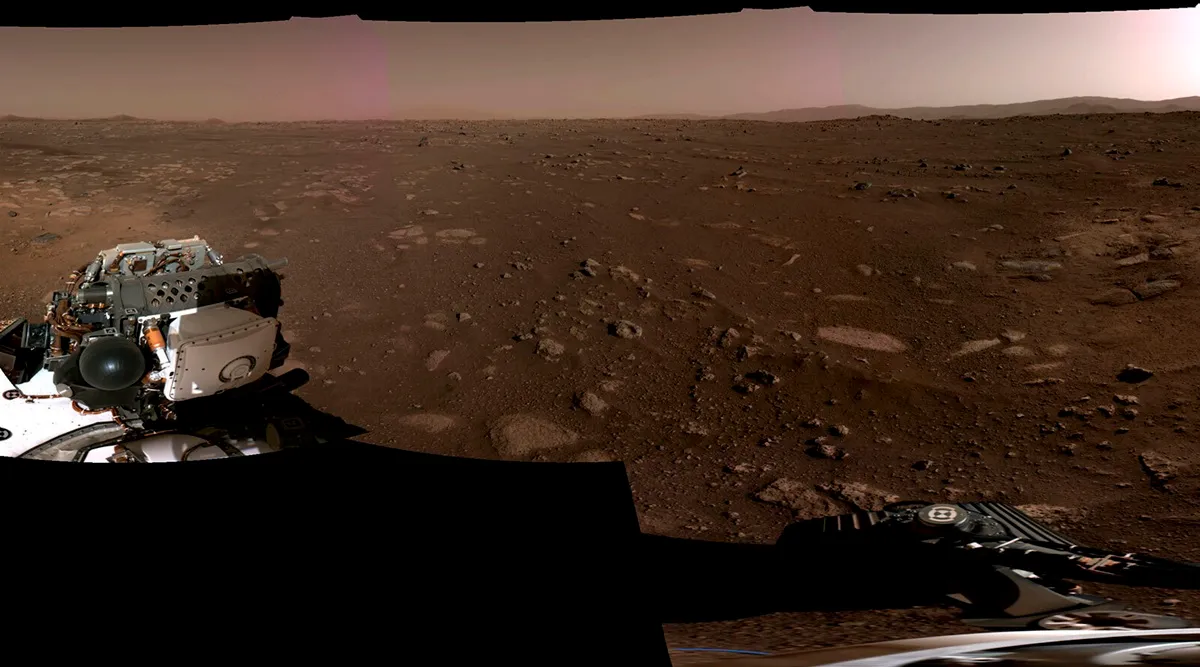
NASA on Monday released the first high-quality video of a spaceship landing on mars, a three-minute trailer showing the huge orange and white parachute opening and the red dust rising as the rocket engines lowered the rover to the surface.
The footage was so good _ and the images so impressive _ that the rover team members said they felt like they were traveling.
“I get goosebumps every time I see it, just amazing,” said Dave Gruel, head of the entry and descent cameras team.
The perseverance rover landed last thursday near an ancient river delta in Jezero Crater to look for signs of ancient microscopic life. After spending the weekend watching the descent and landing video, the team at the Jet Propulsion Laboratory in Pasadena, California, shared the video at a press conference.
“These videos and these images are the stuff of our dreams,” said Al Chen, who was in charge of the landing team.
Six standard color cameras were dedicated to entry, descent and landing, looking up and down from different perspectives. All but one camera worked. The only microphone turned on for the landing failed, but NASA did get a few bits of sound after landing: the hum of the rover’s systems and gusts of wind.
Flight controllers were delighted with the thousands of images transmitted _ and also with the remarkable condition of NASA’s largest and most capable rover yet. He will spend the next two years exploring the dry river delta and drilling through rocks that may contain evidence of life 3 billion to 4 billion years ago. The core samples will be reserved to return to Earth in a decade.
NASA added 25 cameras to the $ 3 billion mission _ the most sent to Mars. The space agency’s previous rover, the 2012 Curiosity, only handled jagged and grainy stop-motion images, mostly of terrain. Curiosity still works. So is NASA’s InSight lander, though it’s hampered by dusty solar panels.
They may have company in late spring, when China tries to land its own rover, which went into orbit around Mars two weeks ago.
Deputy Director of Projects Matt Wallace said he was inspired several years ago to film Perseverance’s heartbreaking descent when his little gymnast daughter used a camera while performing a backflip.
Some of the spacecraft systems _ like the overhead crane used to lower the rover to the Martian surface _ could not be tested on Earth.
“So this is the first time we’ve had the opportunity as engineers to really see what we design,” Wallace told reporters.
Thomas Zurbuchen, head of NASA’s science mission, said the video and also the panoramic views after landing “are the closest you can get to landing on Mars without donning a pressure suit.”
The images will help NASA prepare for astronaut flights to Mars in the coming decades, according to engineers.
There is a more immediate benefit.
“I know it has been a difficult year for everyone,” said imaging scientist Justin Maki, “and we hope that maybe these images will help brighten people’s days.”
.